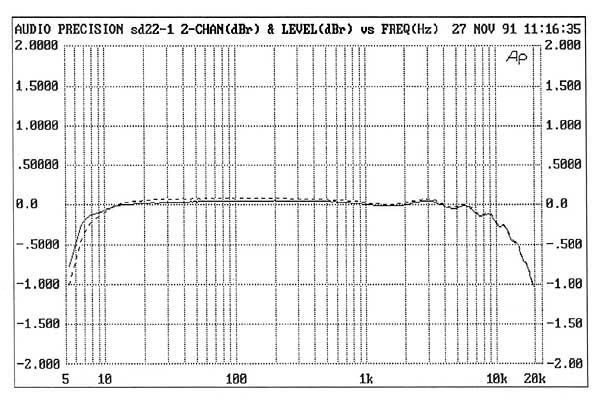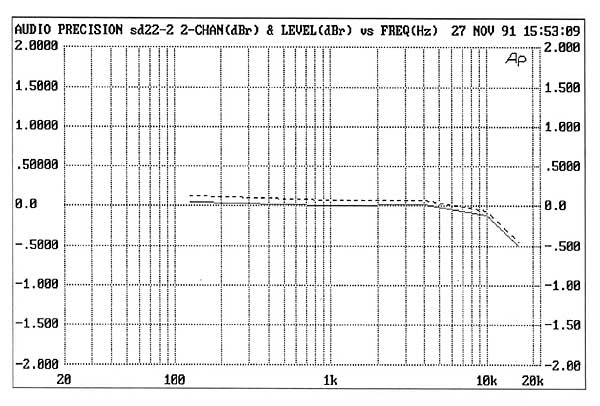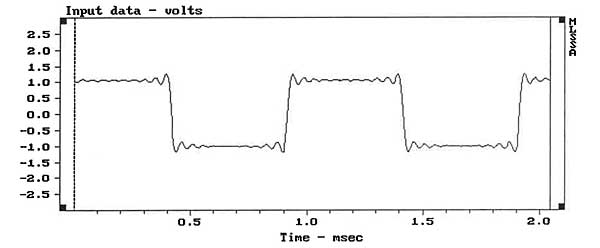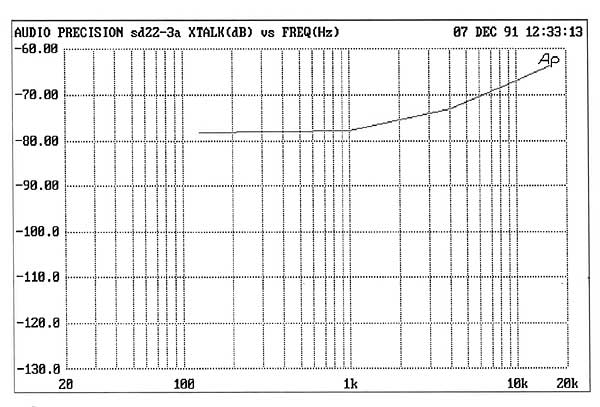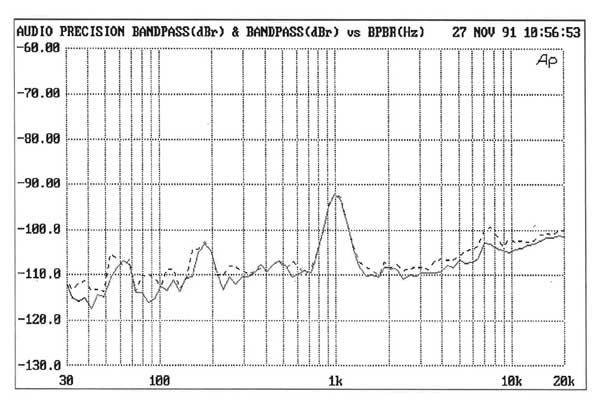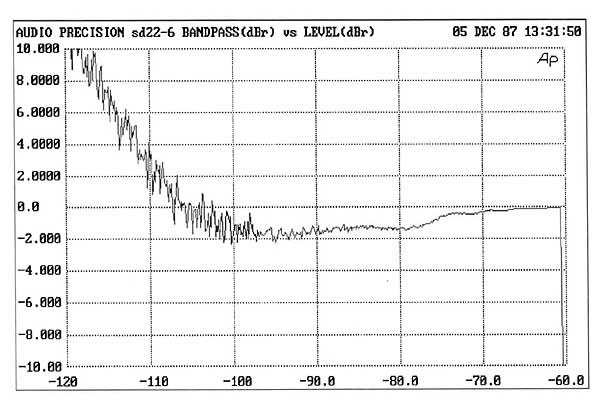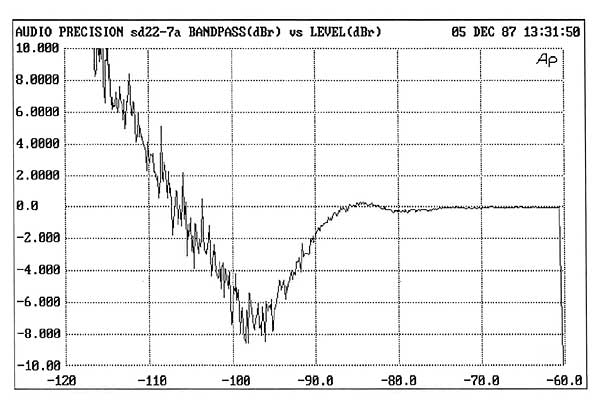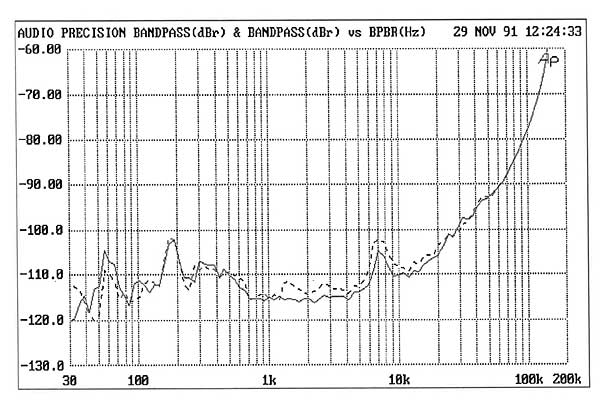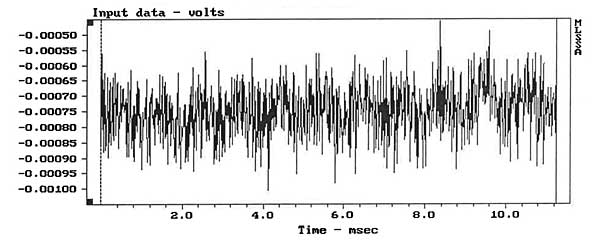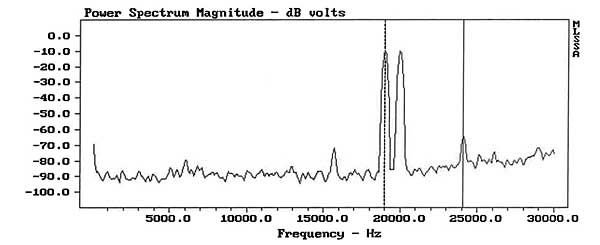| Columns Retired Columns & Blogs |
I was just looking at the print issue this review was in (Feb 1992).
The Sonograph was one of several CDPs CG and TNJ reviewed in a "shootout" of mid-priced players.
The Sonograph review above makes much more sense in the CONTEXT of ALL the reviewed units.
One important point being that the Sonograph was worst-measuring of the set.
Another important aspect was that each of the CDPs utilized different DAC and DF topologies (Bitstream, multibit, various oversampling rates, etc.).
So ... JA (or to whom it may concern): please publish rest of review! Thx!
